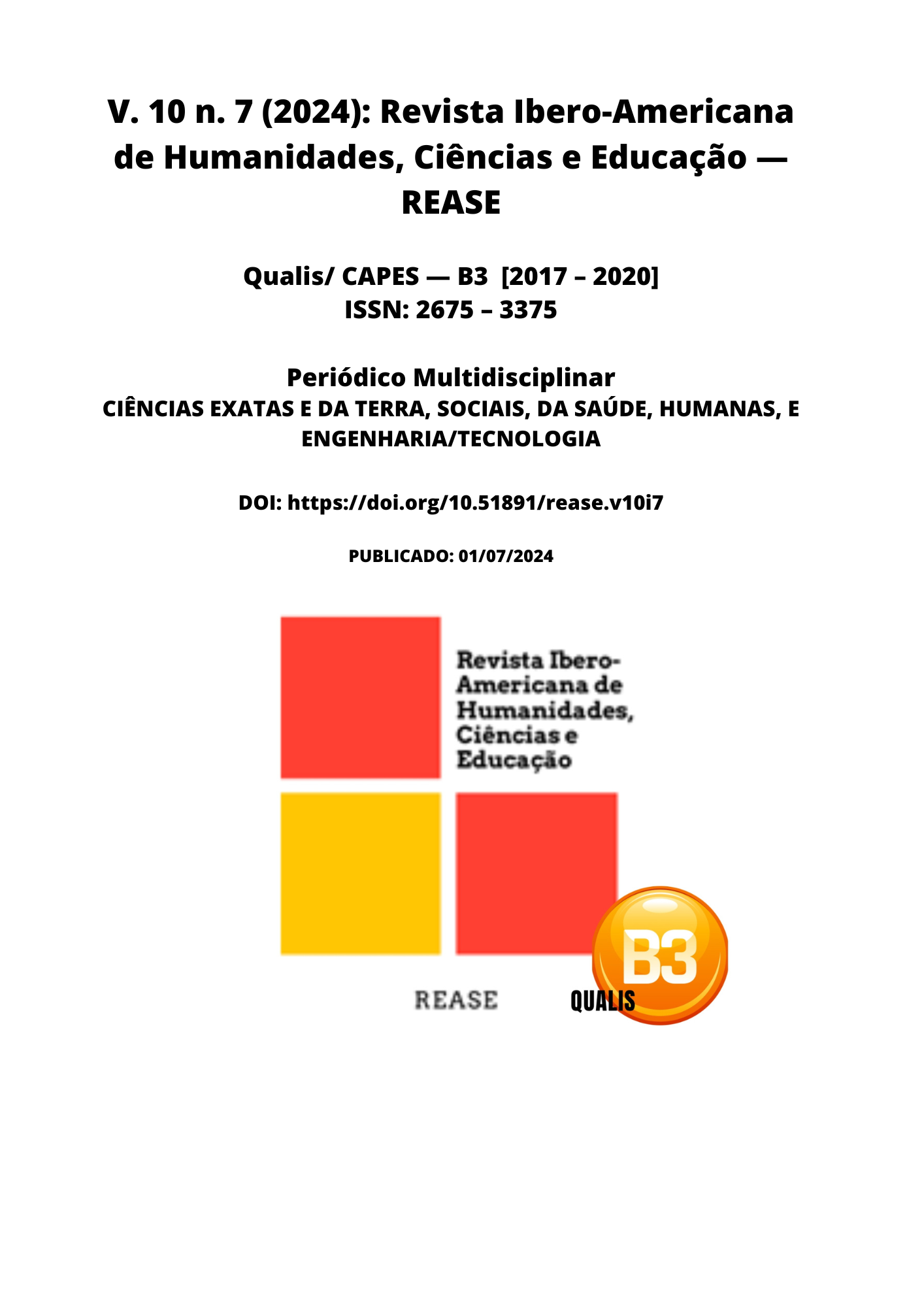GAMIFICATION IN EDUCATION: AN ANALYSIS OF THE KAHOOT! PLATFORM!
DOI:
https://doi.org/10.51891/rease.v10i7.14744Keywords:
Gamification. Kahoot!!. Teaching. Learning. Educational Technology.Abstract
This study aimed to explore the use and benefits of gamification in education, with a specific focus on the Kahoot! platform. Through a literature review, academic articles and research related to gamification in education and the use of this technological tool were consulted. Created in 2013 in Norway, Kahoot! is a classroom response system that has gained global popularity due to its innovative approach to engaging students through games and competitions. However, implementing gamification presents challenges, such as the need for efficient integration with educational objectives, teacher training, and technology access. Despite these challenges, gamification with Kahoot! has the potential to enhance teaching, making it more interactive and engaging. This study concludes that while gamification is not a magical solution for all educational challenges, it offers many benefits when implemented carefully and thoughtfully.
Downloads
Downloads
Published
How to Cite
Issue
Section
Categories
License
Atribuição CC BY

